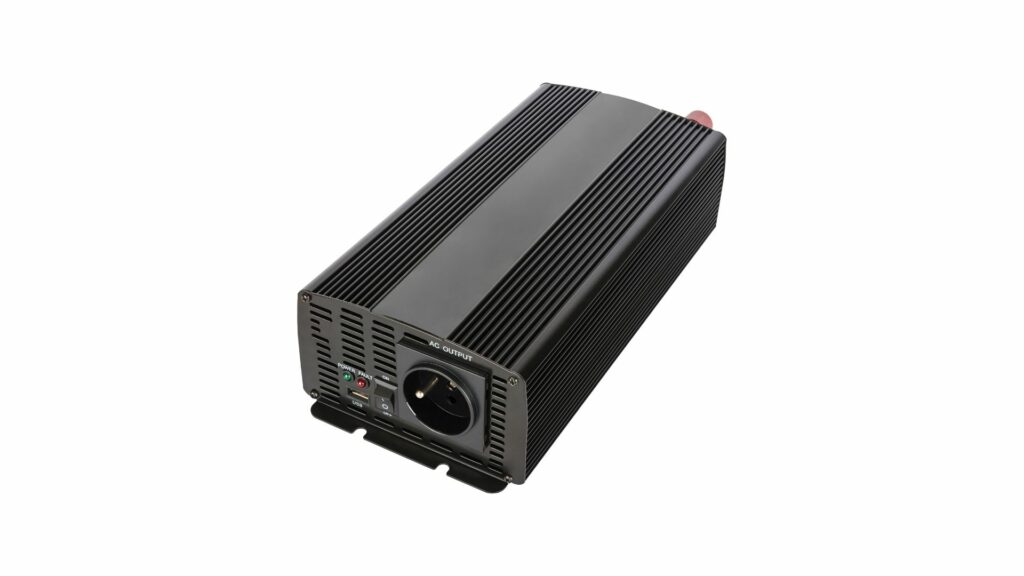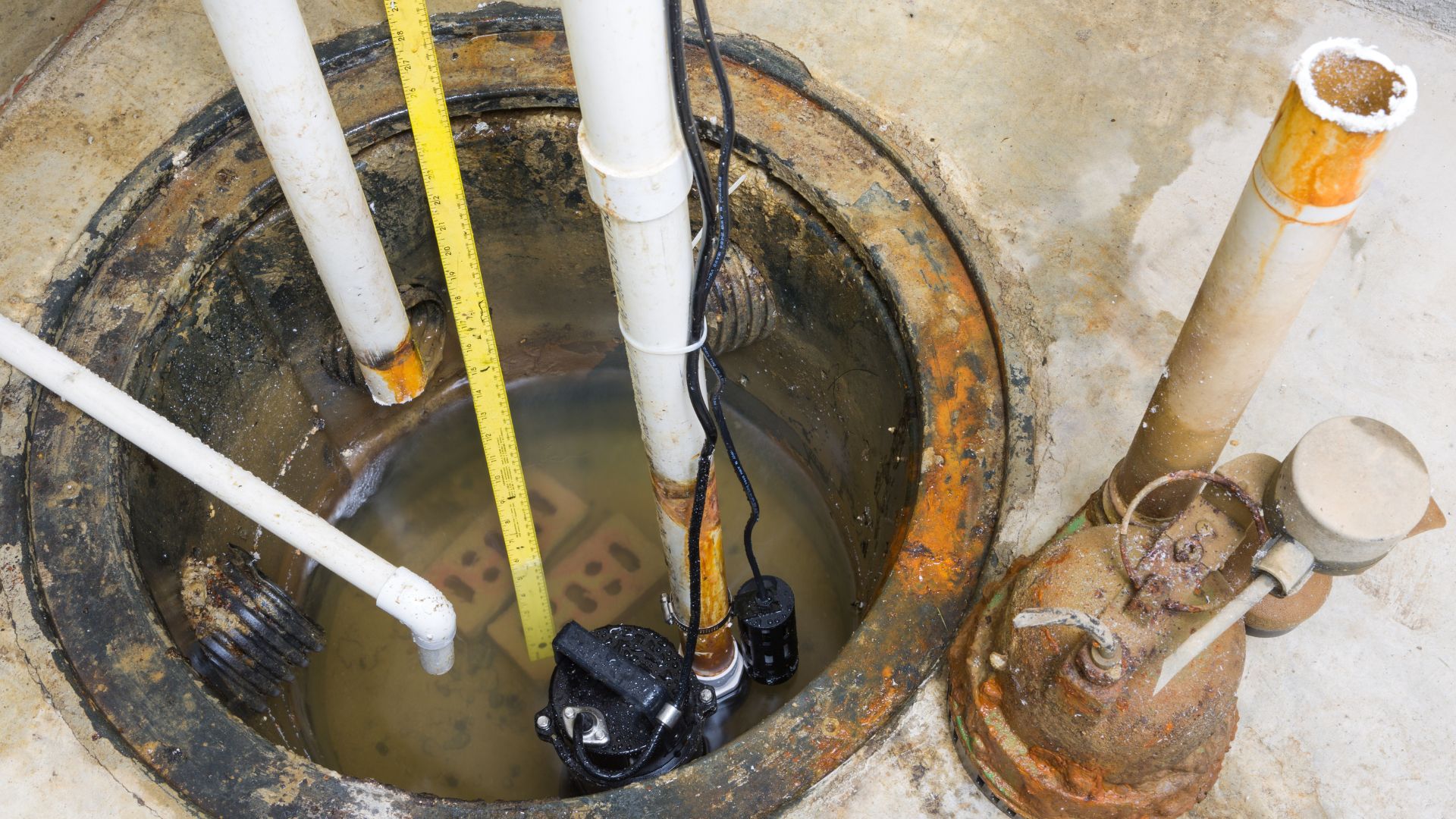Sump pumps work with your drainage system to eject water from the basement. The sump pump you select matters because it influences the inverter you will buy. Experts encourage consumers to keep the following in mind:
- Understand your area’s water flow situation. Low-horsepower pumps are only suitable if the closest water body is far away. If your home neighbors a lake, you need a higher horsepower to counteract the flooding conditions you will encounter.
- You need a sophisticated backup system that responds automatically when you lose power. The backup system needs a mechanism that detects a power outage. This allows the sump pump to continue running in your absence.
- Wolseley Pro Pipeline expects sump pumps to break down within ten years. Old and worn-out sump pumps are inefficient. The malfunctions they attract may overwhelm your circuit and inverter. Don’t hesitate to replace them.
If you have a reliable sump pump but need help identifying a suitable backup system, North Dakota State University recommends an electrical backup sump pump that includes a 12V DC motor, a battery, and a special trickle charger. But if you’ve chosen to buy a conventional inverter like most people, use the following considerations to choose and install the system:
1). What Does The Inverter Do?

The inverter changes DC voltage into AC voltage. The DC voltage comes from the power source. The inverter takes that incoming power and generates the AC output the sump pump uses.
Keep in mind that sump pumps use your home’s circuit, which provides AC power. But where does the DC power come from? This Tripplite paper shows a diagram illustrating the workings of a sump pump’s backup system.
It consists of an inverter and batteries. The batteries are the pump’s primary power source during a blackout. However, the batteries provide a direct current. The inverter turns that direct current into the alternating current the sump pump requires.
The inverter is always present. When your home has power, the inverter uses the alternating current from the wall outlet to run the sump pump. The pump runs the same way it would if you plugged it directly into the wall outlet.
It only switches to the batteries when a blackout occurs. It performs this transition automatically. In essence, the inverter performs three vital roles:
- It detects backouts. It can tell that the grid’s power has gone. This allows the backup system to switch to the batteries.
- Because the inverter pulls electricity from the circuit when your home has power, it will also charge the batteries. A healthy inverter will keep the batteries full at all times.
- The inverter will change DC to AC to run the sump pump.
If you own a UPS system, you know it performs all those functions. However, you can’t replace an inverter with a UPS because it is not powerful enough to meet the sump pump’s energy requirements, at least not over a long period. It won’t even start the pump.
2). How Do You Choose The Inverter Size?
| Sump pump size | Running Watt | Starting Watt | Inverter Size |
| 1/2 HP | 1000-2000W | 4000W | 4000W |
| 1/3 HP | 800-1300W | 2500W | 2500W |
| 1/4 HP | 800-1000W | 2000W | 2000W |
You are better off using the following steps to calculate the proper inverter size for your particular appliance:
- Get the sump pump’s wattage. You will find it on the nameplate or in the manual.
- Some manufacturers express the sump pump’s energy requirements in amps. If that applies to your situation, multiply the amps by the voltage to get the tool’s wattage.
- If you expect the same inverter to run multiple devices, including the sump pump, get the total wattage of all the devices.
- Because the tool operates at a higher efficiency (up to 94 percent of the nameplate), divide the wattage by 0.90 to get the minimum number of watts the inverter must provide to keep the sump pump running.
- You need to keep the importance of accounting for the start-up load. Electronic appliances can easily use three to seven times more power when they start. This surge lasts mere seconds. But it is enough to overwhelm your system. Check the nameplate. It will show you the sump pump’s starting wattage.
The inverter’s wattage should be higher than the sump pump’s starting wattage. This gives the pump room to breathe. It also allows the inverter to tolerate fluctuations without failing. Matching the inverter’s wattage to the sump pump’s wattage is a recipe for disaster.
3). How Long Will The Sump Pump Last On An Inverter?
Home Battery Bank expects a backup system with deep-cycle batteries to run the sump pump for 45 to 80 minutes. In this scenario, the pump motor is running continuously. That seems short.
However, if you only use the pump for a few minutes at a time, the inverter will accommodate the sump pump for one or more days. Use the following steps if you want to calculate the duration yourself:
- Get the sump pump’s watts and divide them by the DC voltage. This gives you the DC amps you need. Use the running wattage, not the starting wattage.
- Get the total runtime. This is the number of hours you want the pump to remain operational when an outage occurs.
- How many hours does the sump pump run during a storm? Remember that pumps only run when the water rises past a specific threshold. They turn off when the water level falls. These devices don’t run continuously. It might help to record the number of times the pump activates and how long it stays on the next time a storm hits your area. This will give you an accurate active runtime (minutes spent pumping / minutes of observation x total runtime in hours).
- You get the battery amp hours when you multiply the DC amps by the active runtime and 1.2.
The goal of the procedure above is to select the correct battery size. The answer you get will show you the amp-hours you require. This will inform your battery selection. After all, the inverter gets power from the batteries.
Therefore, the bigger the battery capacity, the longer the sump pump will run during an outage. Naturally, you are better off getting the biggest batteries money can buy. But bigger batteries are more expensive.
It is more cost-effective to match the battery capacity to your needs. It is also worth noting that a battery’s capacity influences the recharge time. Dividing the battery’s amp hours by the inverter’s charging amps will give you the estimated recharge time. Although, batteries that discharge completely will take longer to recharge.
Are Generators Better Than Inverters For Sump Pumps?
Generators are superior because they will keep the sump pump running indefinitely if you have sufficient fuel. However, unlike generators, inverters are not noisy. Additionally, they won’t pollute the air with carbon monoxide.
According to the Centers for Disease Control and Prevention, a portable generator’s CO emissions kill hundreds of people annually. Inverters are the safer option.

